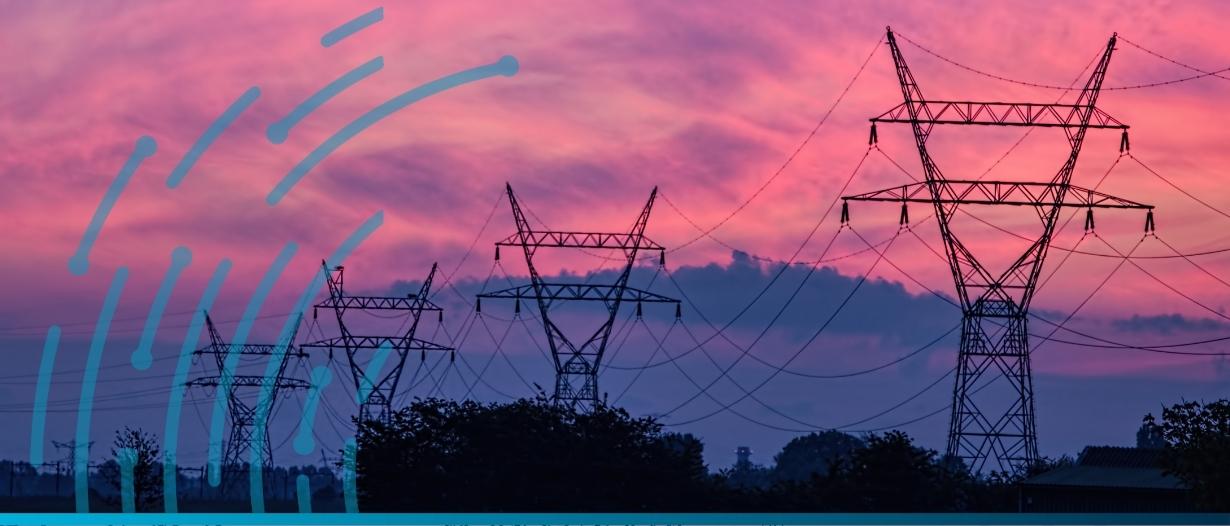According to a recent statement from the U.S. Energy Information Administration (EIA), global energy consumption is predicted to surge through 2050, potentially exceeding progress in energy efficiency.
This spike can be attributed to factors such as global population growth, rising regional manufacturing, and enhanced living standards.
Although the EIA expects an uptick in carbon dioxide emissions from energy by 2050 in most projected scenarios, there’s anticipated growth in non-fossil fuel energy sources like nuclear and renewables.
However, this growth might not be adequate to diminish global energy-related CO2 emissions under the existing legal framework.
By 2050, the global capacity for electric power generation could potentially rise between 50% and 100%, with electricity generation increasing by 30% to 76%.
The EIA suggests that by 2050, renewables and nuclear energy could account for up to two-thirds of worldwide electricity generation.
Notably, solar and wind are poised for the most significant growth in electricity generation. In contrast, coal and natural gas could constitute between 27% and 38% of the power generation capacity by 2050, a decrease from nearly 50% in 2022, as noted by EIA Administrator Joseph DeCarolis.
























